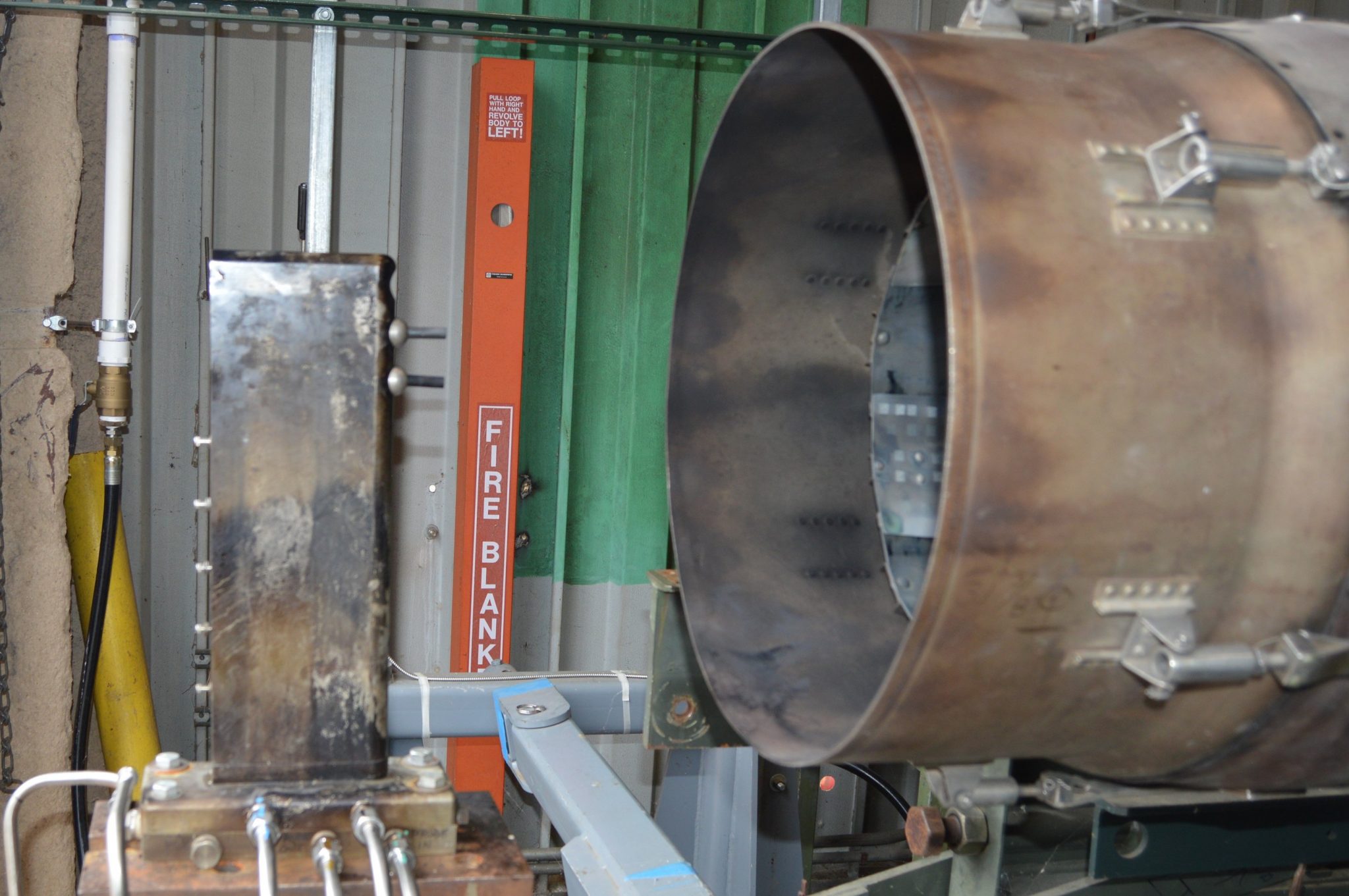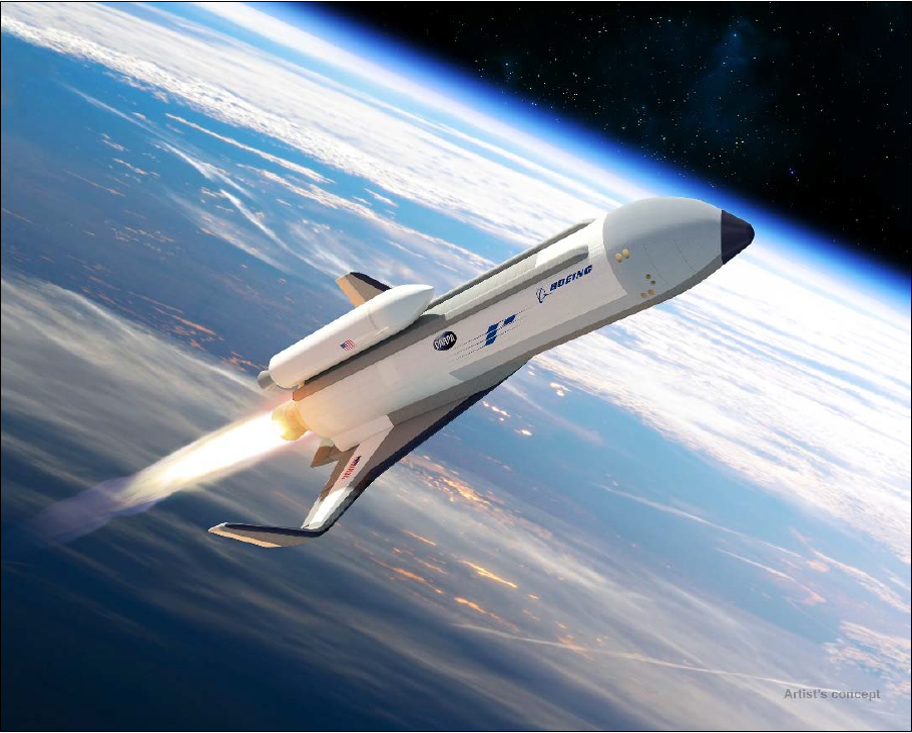The U.S. Air Force is advancing the development of hypersonic flight vehicles with 3D printed ceramics.
The research into applications for the 3D printed ceramic, silicon oxycarbide (SiOC), is conducted under a Collaborative Research and Development – Material Transfer Agreement (CRADA-MTA), between the US Air Force Research Laboratory (AFRL) Aerospace Systems Directorate and HRL Laboratories, a research center owned by General Motors Corporation and Boeing.
The project continues the development of research into 3D printed ceramics at HRL, first reported by 3D Printing Industry in 2016.
Geometric complexity achieved with 3D printing
Scientists at the Aerospace Systems Directorate (ASD) searching for new thermocouple radiation shields became interested in the HRL produced SiOC because of its potential for hypersonic flight. Specifically, the refractory qualities of SiOC, the ability to maintain strength and form at high temperatures, and the geometric complexity offered by 3D printing have a wide range of Air Force applications.
The SiOC was 3D printed in a pre-ceramic resin. After fabrication, the resin was heat treated to produce a fully ceramic component. Jamie Szmodis, an ASD hypersonic research engineer, said “If a material can withstand temperatures [of] – roughly 3,200 degrees Fahrenheit – it could be used for hypersonic aircraft engine components like struts or flame holders.”
Viable hypersonic aircraft, flying at speeds over 4,000 miles per hour, would enable faster military response times, faster long-range missiles, and potentially decrease travel times for military and commercial airliners.
Collaborators, not customers
CRADA-MTA agreements are made between federal and private parties for research and the exchange of proprietary material. The agreement protects the private company, HRL, allowing them to file patents and retain patent rights for inventions developed as part of the CRADA-MTA, whilst keeping research confidential for up to five years.
According to Szmodis, the agreement was crucial “Without the material transfer agreement, we would have purchased the samples to test them. We would have been a customer, as opposed to a collaborator. With the agreement we are able to provide test results to HRL and provide feedback that is valuable to both parties.”
ASD has already tested five thermocouple radiation shields and 15 sample cylinders fabricated from SiOC, provided by HRL.

Testing 3D printed hypersonic viability
Scientists from across the Air Force Research Laboratory’s (AFRL) directorates were assembled to test the HRL produced components. Led by Dr Matthew Dickerson, a Materials Research Engineer, scientists from the AFRL’s Materials and Manufacturing Directorate, Structural Materials Division and Composite Branch conducted materials analysis and heat tests.
The ASD, with the Aerospace Vehicle Division and Structural Validation Branch scientists carried out mechanical analysis tests at temperatures between 500-3,500 degrees Fahrenheit.
Results were published in a report given to HRL in March. Dr Tobias Schaedler, a senior researcher at HRL, said:
“The extreme temperature testing that AFRL performed revealed the limits of our new material and challenged us to improve it.”
Last year, Boeing and Aerojet Rocktdyne were selected by The Defense Advance Research Projects Agency (DARPA) to complete design work for the XS-1 hypersonic spaceplane. The project is aiming to enable more cost-effective satellite launches.
A research team at Imperial College London established the highest ever melting point for refractory ceramic at 4,000 degrees Celsius.
If you want to know more about how additive manufacturing is advancing rocket science, Dr Tobias Schaedler from HRL Labs gives further insights in our article.

Follow the latest developments in 3D printing as they happen. Subscribe to the 3D Printing Industry newsletter, follow us on Twitter and like us on Facebook.
Vote for the 3D printing Innovation of the year and more in the 2018 3D Printing Industry Awards.
Our 3D Printing Jobs service is now live. Post a job or advance your career in 3D printing now.
Featured image shows the testing of a sample of SiOC at Arnold Air Force base. Photo via Air Force Office of Scientific Research.


